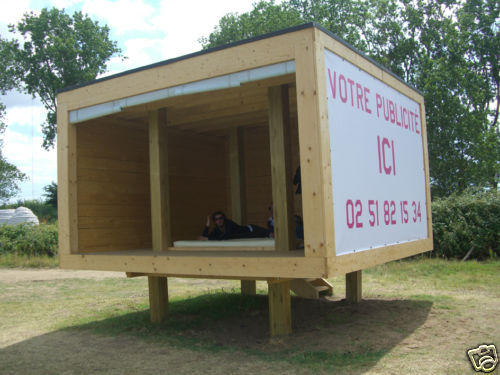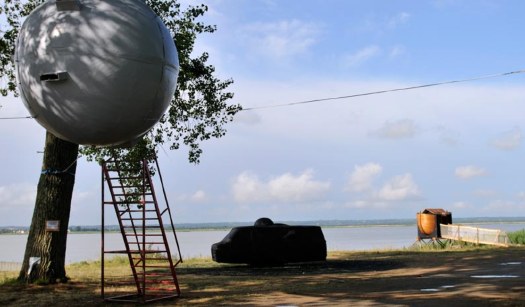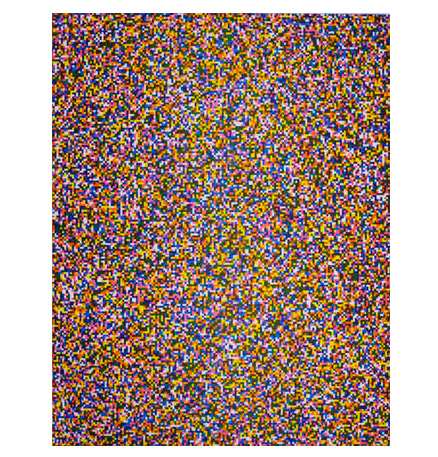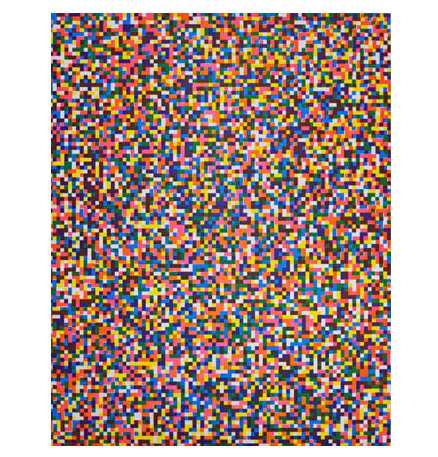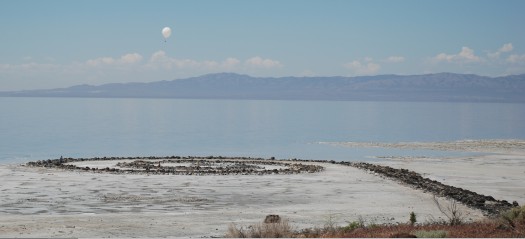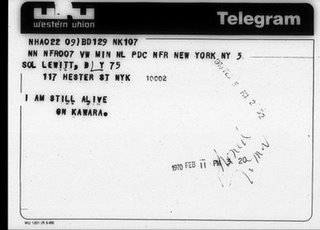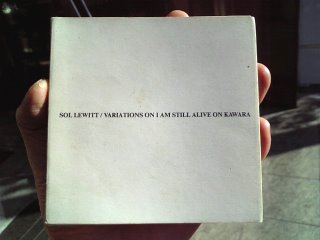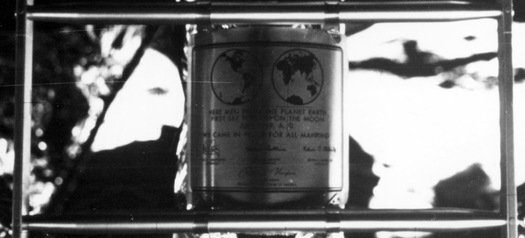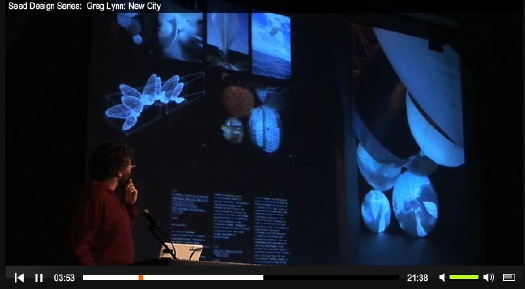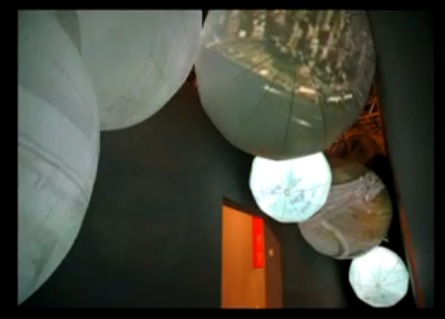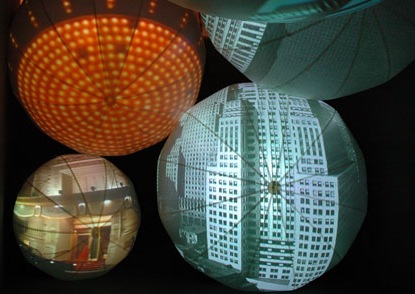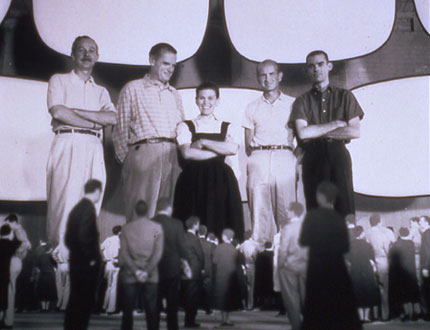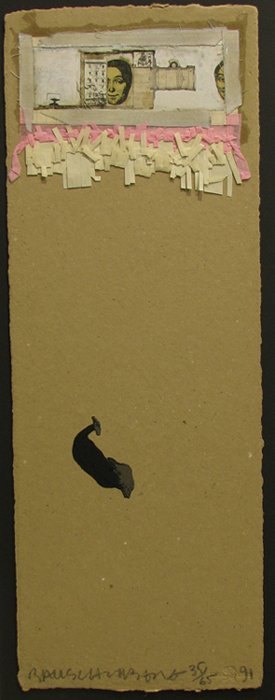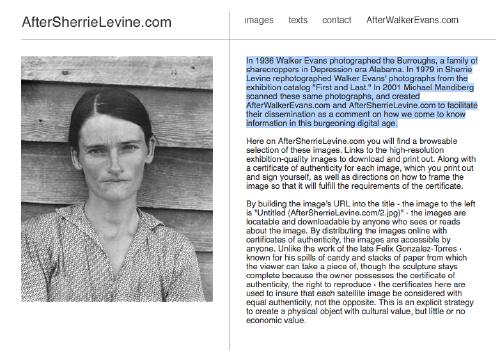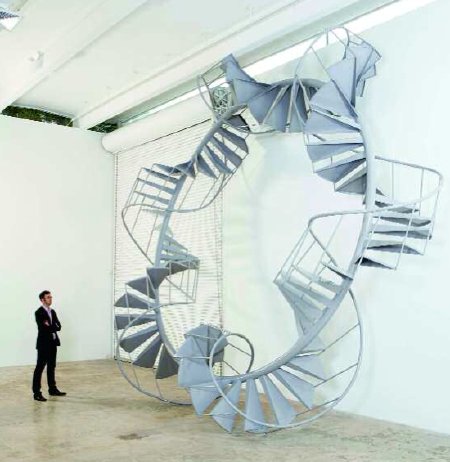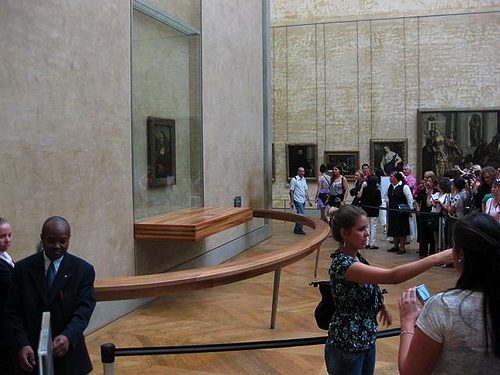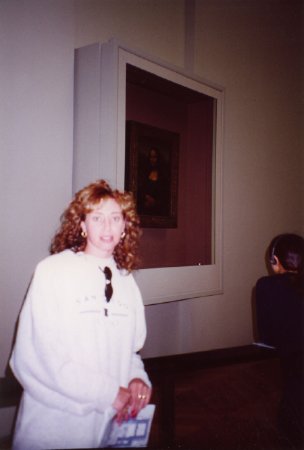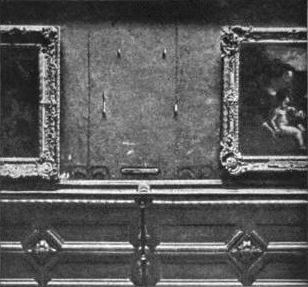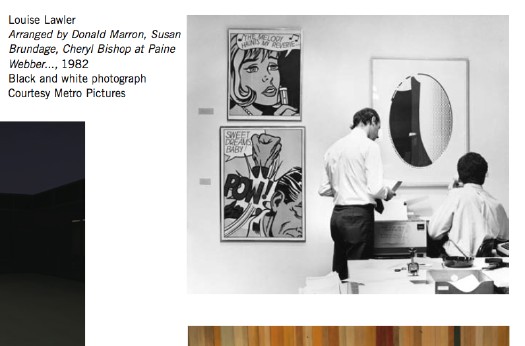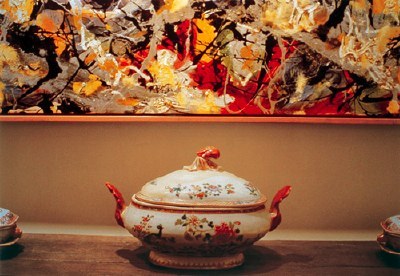Saturday night we went to the Kennedy Center in Washington for the National Symphony Orchestra's commemoration of the 40th anniversary of the moon landing, Salute to Apollo: The Kennedy Legacy. It was the wackiest cheesefest of a concert I've ever been to.
We tried to puzzle out how a program like this came together. NASA was heavily involved, of course, and there was a mix of the nerdy with the obligatory and the available. But I have to think that the prime directive for the evening was written by NSO conductor Emil de Cou, who might be a gigantic space nerd.
The Playbill mentions de Cou's multiple NASA colabos, including the smashing success of the NSO's multimedia performance of Holst's The Planets at Wolftrap in 2006, with narration written by de Cou and performed by Leonard Nimoy and Nichelle Nichols.
Three of these planets were repeated on Saturday, only instead of Spock and Uhura, the narrators were Scott Altman [commander of the last space shuttle mission] and Buzz Aldrin, who is a giant, if amiable, ham. But also a good sport, since Neil Armstrong apparently doesn't do parties anymore. In addition to his Presidential Medal of Freedom, Aldrin wore some kind of bulbous, metallic, Airstream bowtie. We had truly excellent orchestra seats, and even the most eagle-eyed among us couldn't figure out what had landed there around Buzz's neck.
The Planets ["Mars," "Saturn," "Jupiter"] were accompanied by dramatic pans of NASA imagery on the large overhead screen. But I'm getting ahead of myself. The performance started, naturally/bombastically enough, with a gorgeous montage of Apollo 11 from Theo Kamecke's long-forgotten, recently rediscovered and remastered 1971 feature documentary, Moonwalk One--which was cut to the theme from 2001.
2001, of course, came out in 1968, in the middle of the Apollo program, but before A11. And yet it suddenly felt inextricably linked to it, or conversely, the NASA programmers and audience themselves felt a continuity between the scientific and engineering facts of their missions and the science fictions of the time. Like how members of actual Mafia families began patterning their behavior on The Godfather. This is not some cockamamie theory, as the rest of the NSO program clearly illustrates:
Horst was followed by John Williams' theme song to--no, not what you're thinking, not yet--Lost in Space. Introduced on video by June Lockhart, who then made a "surprise" live appearance on stage. She was over the moon with excitement, which I took as a sign that she doesn't do much onscreen work these days. She was thrilled to be there.
Then there was a medley of Star Trek themes, introduced on video by a funny/kooky Nichelle Nichols. She looked great. Clearly, de Cou has stayed in touch. About ten seconds into the orchestra's intense rendition of ST:TOS, I realized I should have been recording it on my phone to use as my ringtone. But I didn't.
Nichols didn't appear on stage, instead the orchestra headed straight into its John Williams Star Wars medley.
Then Denyce Graves came out to sing a moon-related aria from Dvorak, which was the accompaniment to, was accompanied by--it was hard to tell--a montage of beautiful film footage of astronauts jumping around the moon and driving their moon buggies, scenes which caused the audience to erupt in bursts of laughter. Which was not funny, because the song, from Rusalka, is basically the Czech Little Mermaid singing about trading her voice for love or something.
Anyway, then Jamia came out. Never heard of her, but she's apparently the black Hannah Montana. Then Chaka Khan came out in a Victorian bordello outfit to sing some NASA-commissioned anthem by a famous jingle composer ["You deserve a break today/ So get up and get away"]. Then the Army chorus sang "America the Beautiful" and John Phillip Sousa. I didn't even know it had words. And then we left.
God bless America and its grandiose cheese spectacles.

